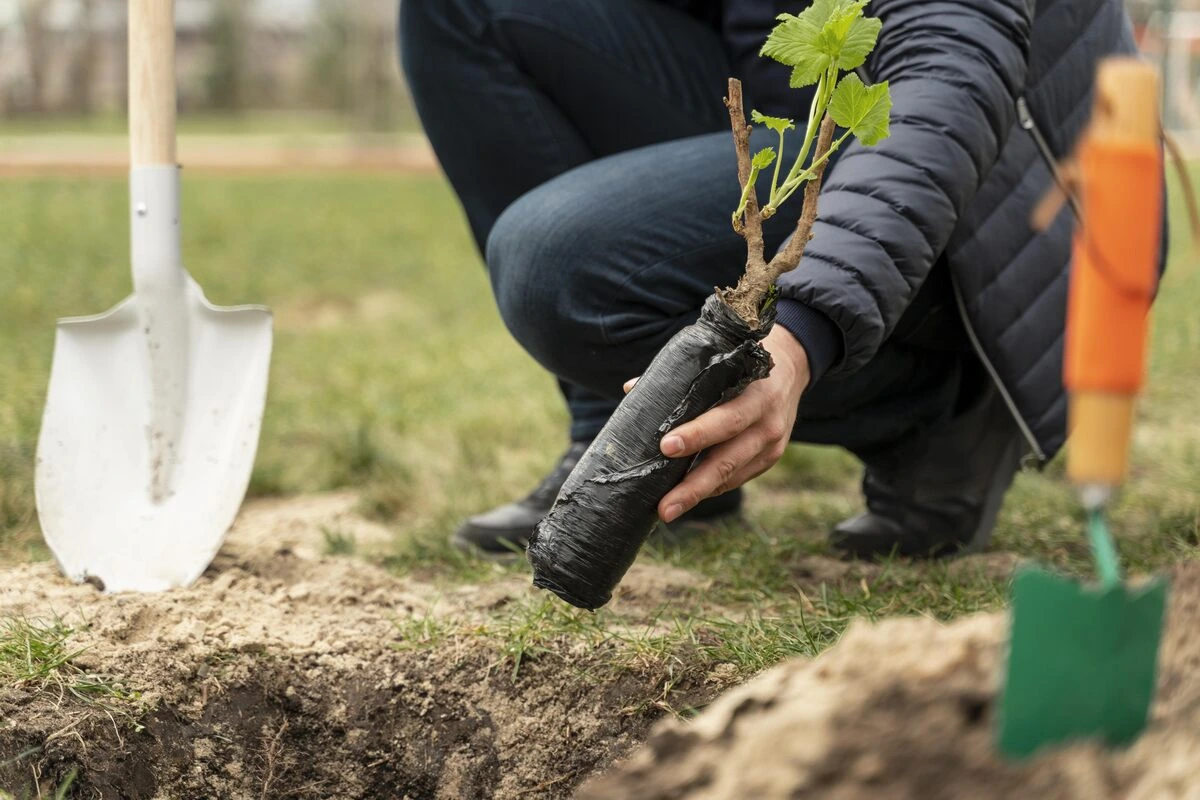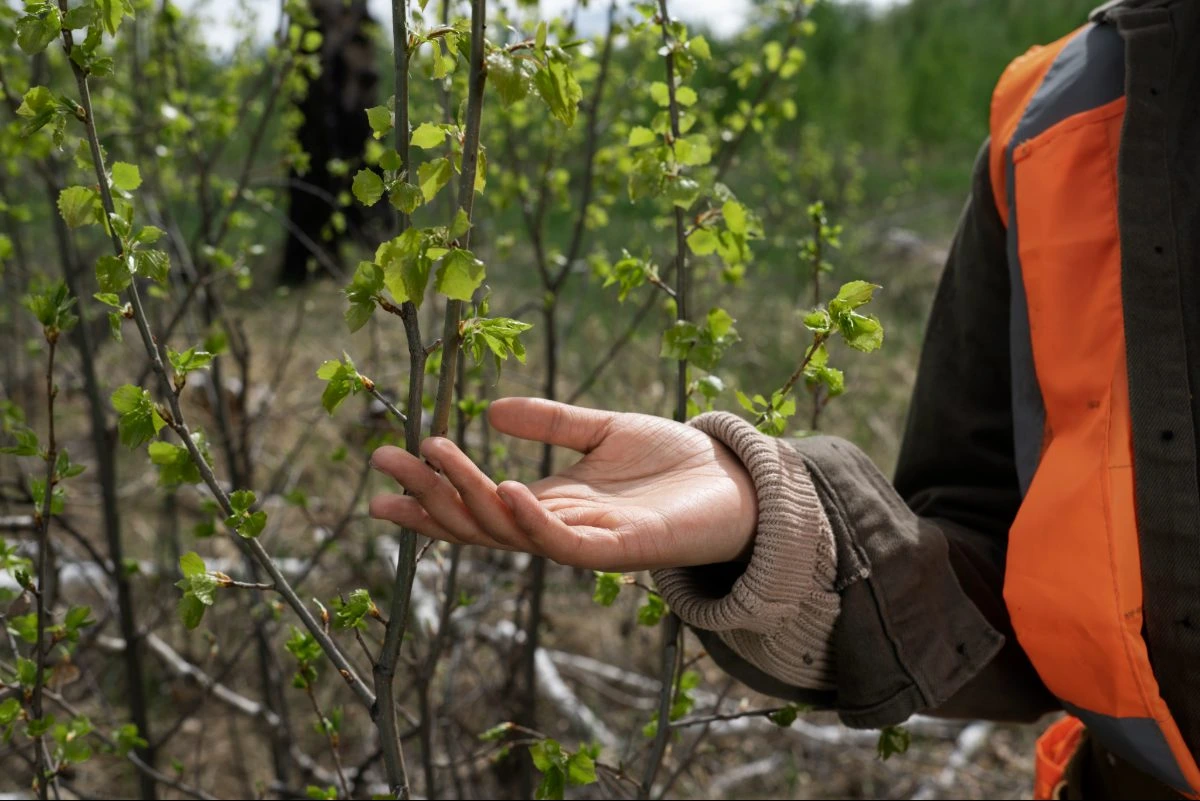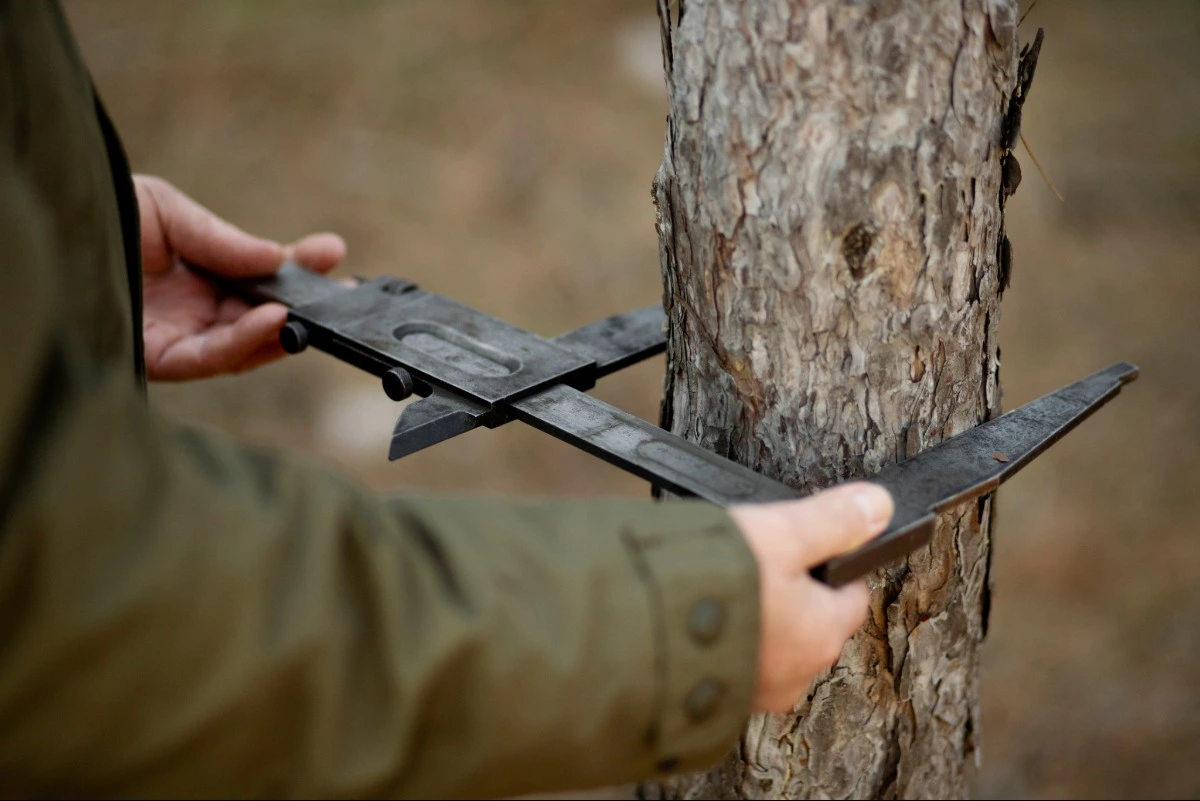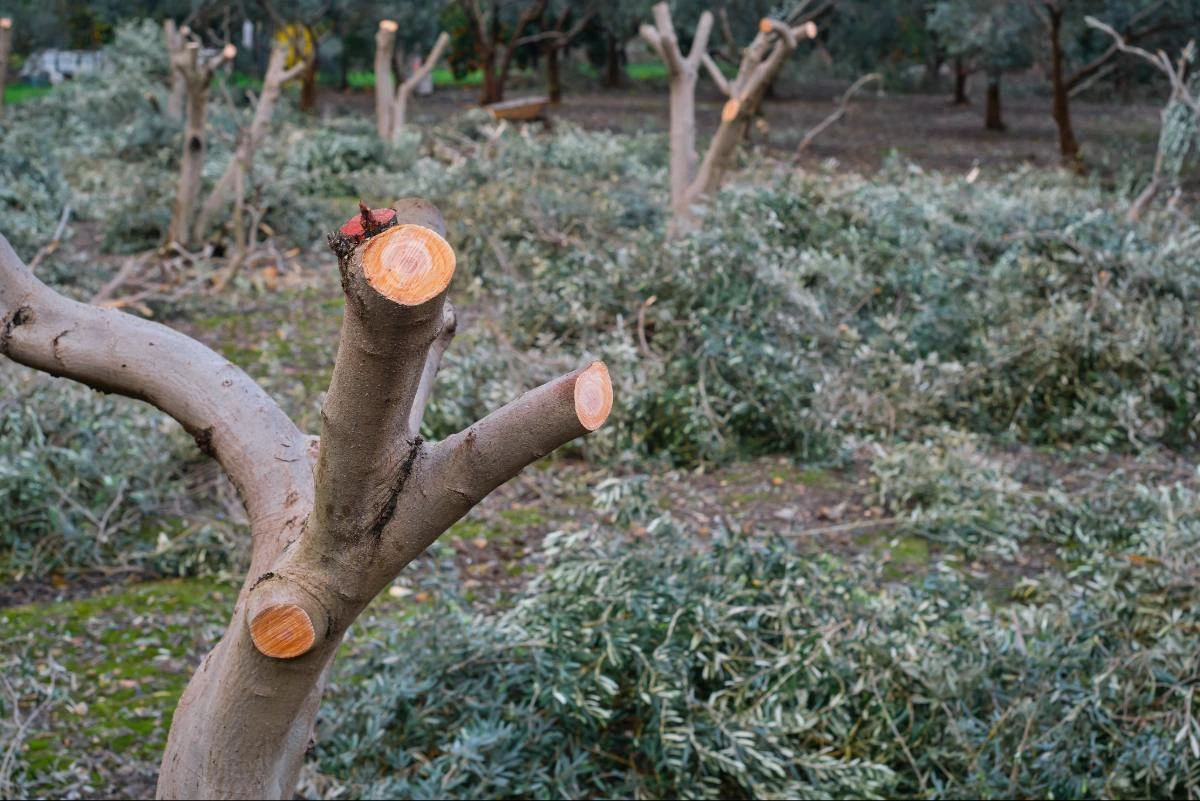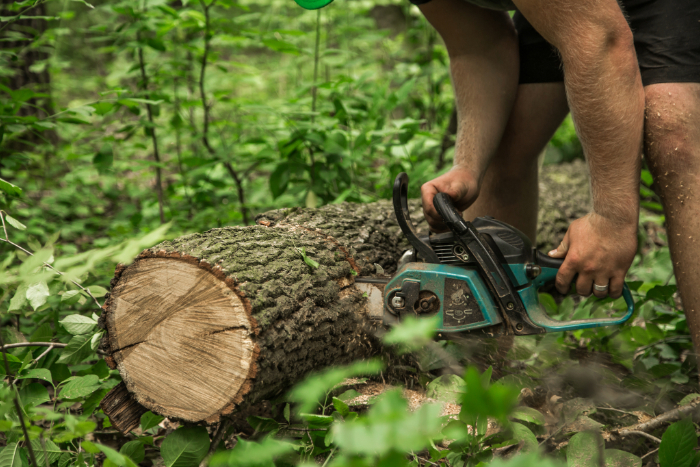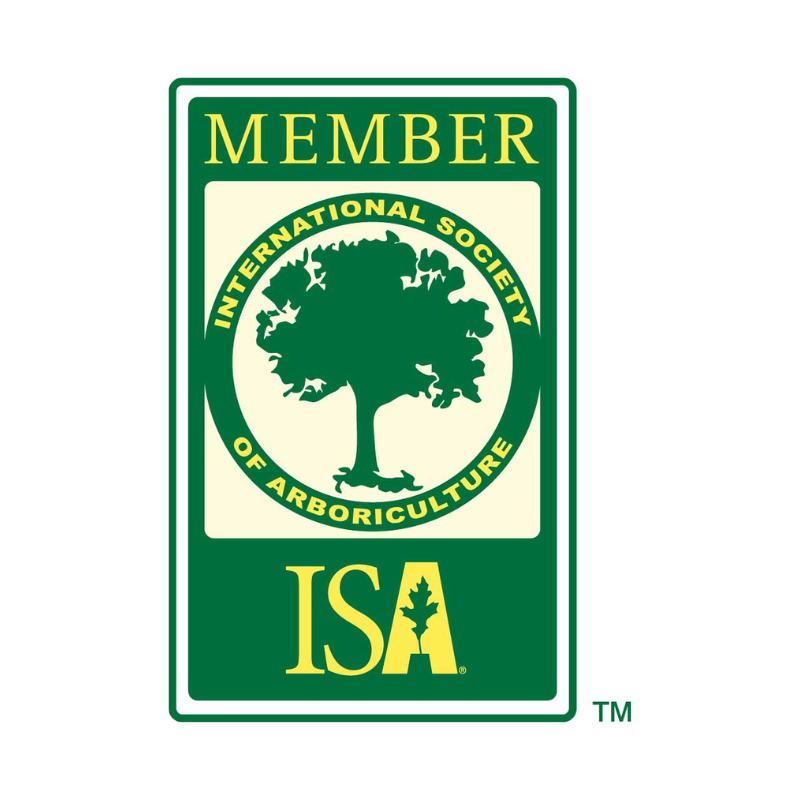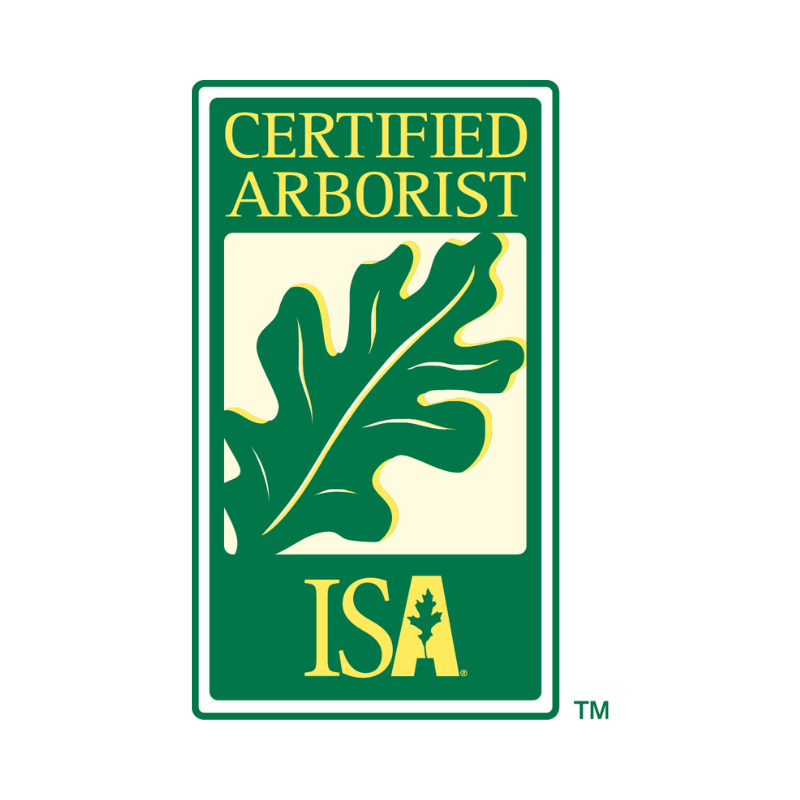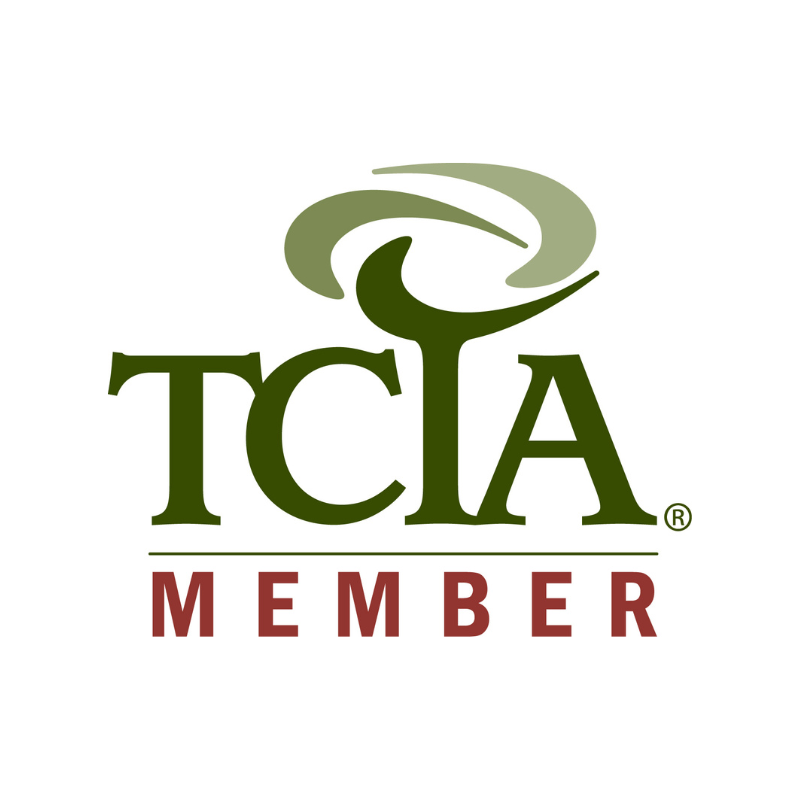The Ultimate Guide to Tree Care in North Texas: Seasonal Tips for Dallas and Tarrant County Homeowners
In the heart of North Texas, where scorching summers and unpredictable storms define the landscape, maintaining healthy trees is more than a chore—it’s essential for your property’s safety, beauty, and value. As homeowners in Dallas County and Tarrant County know all too well, our region’s clay soils, intense heat, and occasional droughts can stress even the hardiest live oaks and Chinese pistache trees. Without proper tree maintenance services in Dallas or Fort Worth, issues like oak wilt, pest infestations, or weakened branches can turn a thriving yard into a hazard zone.
At The Lawn Firm, a family-owned tree service in Dallas with over 30 years of experience serving neighborhoods like Colleyville, Grapevine, and Southlake, we understand these local challenges intimately. Our ISA-certified arborists, who maintain ongoing education through the International Society of Arboriculture (ISA) and hold TRAQ (Tree Risk Assessment Qualification) certifications, focus on sustainable, personalized tree care. Whether you’re dealing with a newly planted sapling or a mature canopy, this guide provides practical, seasonal tips to keep your trees vibrant year-round.
We’ll cover everything from watering strategies to mulching techniques, drawing on North Texas-specific advice to help you avoid common pitfalls. If you’re noticing signs of distress in your trees, consider scheduling a free consultation with our experts. Contact us today at +1 817-545-6396 or info@thelawnfirm.com to get started. Let’s dive into the seasonal strategies that can make all the difference for your Dallas or Tarrant County property.
Understanding North Texas Tree Care Basics
Before jumping into seasonal tips, it’s crucial to grasp the fundamentals of tree care tailored to our area. North Texas falls in USDA Hardiness Zone 8a, with hot summers often exceeding 100°F and winters dipping below freezing. Common trees like live oaks, red oaks, and cedars thrive here but require attention to soil compaction, water conservation, and disease prevention.
Key basics include:
- Soil Health: Our heavy clay soils retain water poorly, leading to root rot in wet periods or drought stress in dry ones. Regular soil assessments can identify pH imbalances or nutrient deficiencies.
- Watering Essentials: Deep, infrequent watering encourages strong root systems. Aim for 1-2 inches per week during growth seasons, adjusting for rainfall.
- Mulching Benefits: A 2-4 inch layer of organic mulch around the tree base conserves moisture, suppresses weeds, and regulates soil temperature.
- Fertilization: Use slow-release fertilizers in spring or fall, focusing on nitrogen for growth and potassium for resilience against Texas heat.
These practices form the foundation of effective tree service in Dallas. For a professional evaluation, our team at The Lawn Firm offers free initial visits to assess your trees’ health. Learn more about our arborist consultations and tree health services to ensure your landscape stays resilient.
Spring Tree Care: Awakening and Preparation
Spring in North Texas, from March to May, is a time of renewal—but also vulnerability as trees emerge from dormancy. With average temperatures rising from 60°F to 80°F, focus on promoting growth while monitoring for early pests.
Key Spring Tips
- Inspect for Winter Damage: Check for broken branches or frost cracks. Prune lightly to remove dead wood, but avoid heavy cuts on oaks after mid-February to prevent oak wilt spread—a common issue in Tarrant County.
- Fertilize Strategically: Apply a balanced fertilizer as buds appear. For native species like Chinese pistache, opt for organic options to support eco-friendly practices.
- Plant New Trees: This is ideal timing for planting, ensuring roots establish before summer heat. Choose drought-tolerant varieties suited to Dallas County soils.
- Pest Monitoring: Watch for aphids or borers. Early detection can prevent infestations that weaken trees.
In neighborhoods like Grapevine, where spring storms are frequent, preparing trees now reduces summer risks. If you’re unsure about pruning timing, our ISA-certified team can help. Schedule a free consultation by calling +1 817-545-6396.
Spring Care Calendar
| Task | Timing | Notes |
|---|---|---|
| Inspection & Light Pruning | Early March | Focus on dead or damaged limbs; consult for oak wilt risks |
| Fertilization | Mid-March | Use slow-release for sustained nutrition |
| Mulching Refresh | April | Add 2-3 inches around base, avoiding trunk contact |
| Watering Start | Late April | Begin deep soaks as temperatures rise |
This proactive approach aligns with best practices, emphasizing prevention over cure.
Summer Tree Care: Surviving the Heat and Drought
Summer in Dallas and Tarrant County brings intense challenges, with temperatures often hitting 100°F+ and minimal rainfall. Trees can suffer heat stress, leading to leaf scorch or dropped foliage. Proper tree maintenance services in Dallas during this period focus on hydration and protection.
Essential Summer Strategies
- Deep Watering Techniques: Water slowly at the drip line (outer edge of branches) every 7-10 days, providing 10-15 gallons per inch of trunk diameter. This mimics natural rainfall and builds drought tolerance.
- Mulch Maintenance: Refresh mulch to retain soil moisture and cool roots. In Fort Worth areas with sandy loam, this is especially vital.
- Shade and Protection: For young trees, use shade cloth during peak heat. Monitor for signs of stress like wilting or yellowing leaves.
- Pest and Disease Vigilance: Summer pests like bagworms thrive in heat. Integrated pest management, avoiding harsh chemicals, promotes long-term health.
Homeowners in Southlake often face compounded issues from urban heat islands. At The Lawn Firm, our TRAQ-certified arborists provide personalized plans during free consultations to address these. Visit our tree health evaluation page for more on spotting early problems.
Fall Tree Care: Strengthening for Winter
Fall, from September to November, offers a window for fortification before cooler weather. With milder temperatures (70°F-50°F), trees shift energy to roots, making it prime for maintenance.
Fall Focus Areas
- Pruning for Structure: Trim to improve shape and airflow, reducing disease risk. For oaks, complete by early fall to avoid oak wilt—our certified team takes appropriate precautions.
- Fertilization Boost: Apply root-focused fertilizers to store nutrients for spring.
- Leaf Management: Rake fallen leaves to prevent fungal buildup, but compost them for natural mulch.
- Storm Prep: Inspect for weak branches, especially after summer winds. Cabling or bracing may be needed for at-risk trees.
In Colleyville, fall prep helps trees withstand occasional early freezes. Link to our tree trimming and pruning services for expert guidance on when to trim trees in Texas.
Fall Care Comparison: Native vs. Non-Native Trees
| Tree Type | Pruning Needs | Watering Adjustments | Common Issues |
|---|---|---|---|
| Native (e.g., Live Oak) | Light, post-summer | Reduce to bi-weekly | Oak wilt susceptibility |
| Non-Native (e.g., Maple) | Moderate for shape | Maintain during dry spells | Heat stress carryover |
Drawing from ISA standards, these tips ensure trees enter winter strong.
Winter Tree Care: Dormancy and Protection
Winter in North Texas (December-February) sees trees dormant, but care doesn’t stop. Freezes and dry winds can dehydrate evergreens, while ice storms pose breakage risks.
Winter Wisdom
- Protective Wrapping: Wrap young trunks to prevent sunscald or rodent damage.
- Minimal Watering: Water only during prolonged dry spells, about once a month for established trees.
- Dormant Pruning: Ideal for structural cuts, as wounds heal slower but with less disease risk (except oaks).
- Risk Assessment: Evaluate for hazardous limbs before storms hit Tarrant County.
Our family-owned approach at The Lawn Firm includes TRAQ assessments to identify winter vulnerabilities. Contact us at info@thelawnfirm.com for a free site visit.
Common Tree Care Mistakes to Avoid in Dallas and Tarrant County
Even seasoned homeowners make errors that harm trees. Here are pitfalls based on our 30+ years of experience:
- Over-Watering: Leads to root rot in clay soils—stick to deep, infrequent sessions.
- Improper Pruning: “Topping” weakens trees; always use ISA BMPs (Best Management Practices).
- Ignoring Local Pests: Oak wilt spreads via improper timing—consult certified pros.
- Skipping Mulch: Exposes roots to extremes, common in urban Dallas areas.
- Planting Too Deep: Burying the root flare suffocates trees over time.
Avoid these by partnering with experts. Our team ensures compliance and sustainability.
Frequently Asked Questions About Tree Care in North Texas
When should I trim trees in Texas?
In North Texas, the best time is late winter (January-February) for most species to minimize disease risk. Avoid pruning oaks from February 15 to July 1 due to oak wilt concerns. For personalized advice, schedule a free consultation with our ISA-certified arborists.
How often should I water trees in Dallas County during summer?
Deep water every 7-10 days, providing 1-2 inches at the drip line. Adjust based on rainfall and soil type—our free evaluations can tailor this to your yard.
What are signs my tree needs professional maintenance services in Dallas?
Look for wilting leaves, unusual pests, leaning trunks, or dead branches. Early intervention prevents costly issues; contact us for a no-obligation assessment.
Is mulching necessary for Tarrant County trees?
Yes, it conserves water, regulates temperature, and adds nutrients. Use 2-4 inches of organic material, keeping it away from the trunk.
How can I prepare my trees for North Texas storms?
Regular inspections and structural pruning build resilience. Our TRAQ-certified team identifies risks during free consultations.
What’s the difference between tree trimming and pruning?
Trimming focuses on aesthetics and safety, while pruning promotes health by removing diseased parts. Learn more on our tree trimming and pruning page.
Do you offer eco-friendly tree care options?
Absolutely— we prioritize sustainable practices like organic fertilizers and integrated pest management for Dallas and Tarrant County properties.
How do I choose the right tree for my Fort Worth yard?
Consider soil, sun exposure, and purpose (shade, privacy). Our experts provide free guidance during consultations.
Ready to elevate your tree care? At The Lawn Firm, we’re committed to helping Dallas County and Tarrant County homeowners maintain beautiful, safe landscapes. Schedule your free consultation today by calling +1 817-545-6396, emailing info@thelawnfirm.com, or visiting us at 1603 Hall-Johnson Rd, Colleyville, TX 76034. Let our family-owned team bring expertise to your yard—your trees deserve the best.

